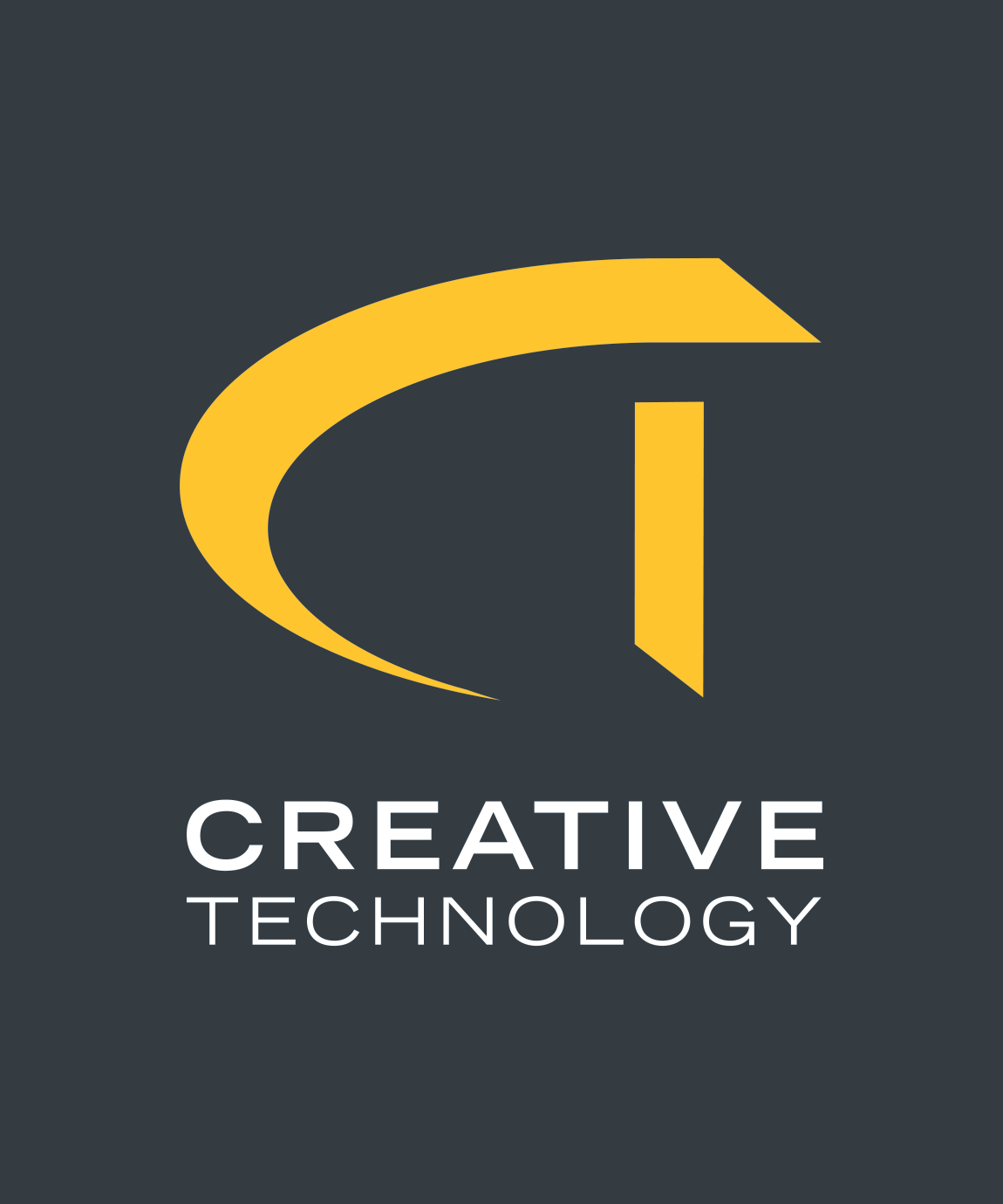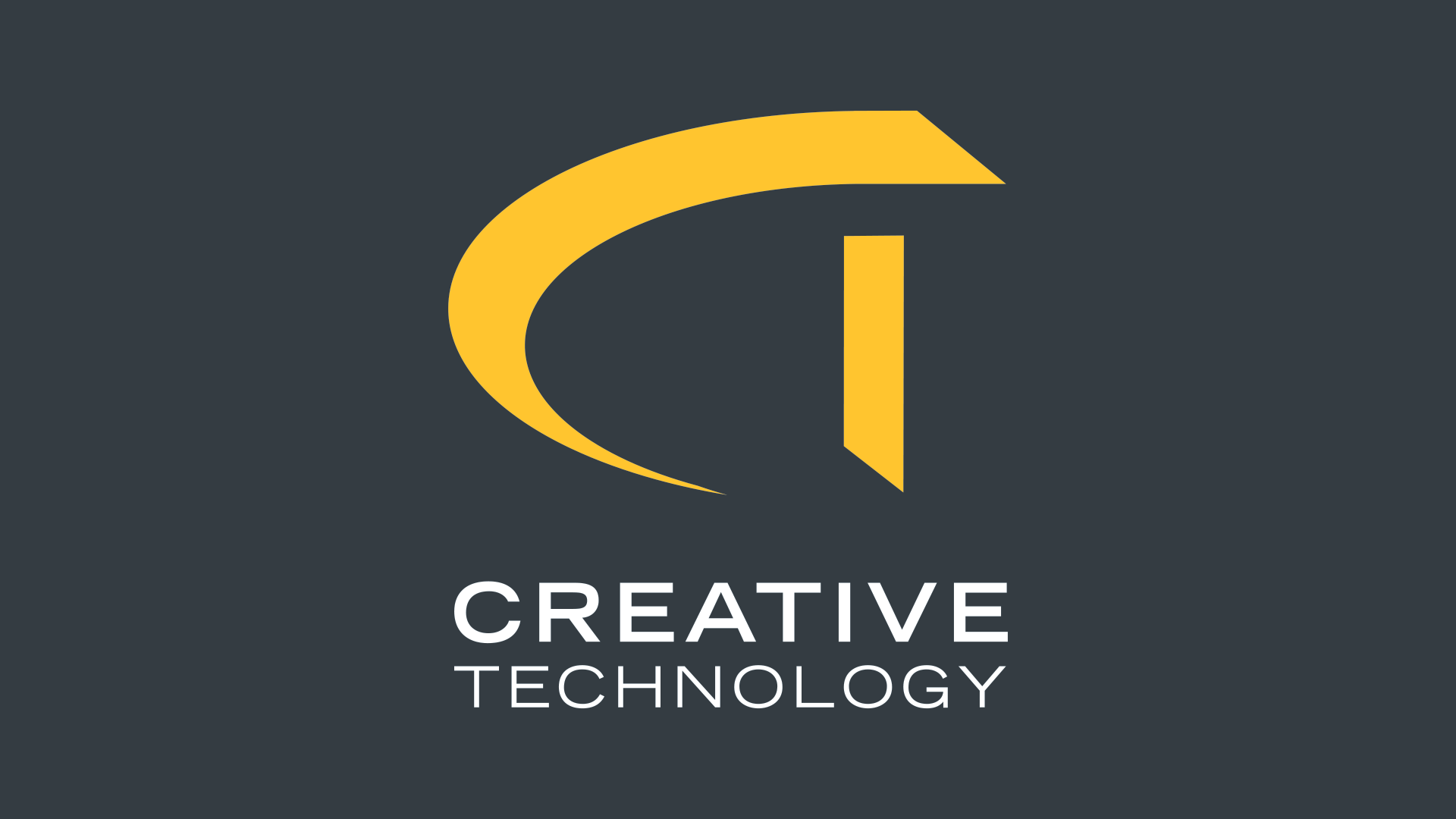CT runs a PixiLab digital signage system to drive the signage displays around the buildings. The information below is specific to this deployment and is intended for CT staff only.
The system is only available on the CT network (plug in to the back of a desk phone). Navigate to http://10.21.200.6/edit
Groups
Groups allow the elements of the signage to be more easily managed. In the CT system there are four Groups that we use frequently. Others for testing and development may be listed but the main ones CT are References, Slides, CT Signage and Schedules.
References contains the elements of the signage that never, or very rarely get changed. This includes that logo and clock that appear on most slides, the screen saver that comes on overnight, and the pre-configured live streaming slide. These slides should not be edited.
Slides contain the individual elements of the signage which get joined together to for the loop that the signage plays out. Most of you editing will happen to slides in this group and we will look at the commonly used ones later.
The CT Signage group contains the all the loops that play out on the signage screens. They are all made up of references to the slides in the previous two groups. This means that if you make a change to the CT logo in the References group, or update one of the Slides, then the update will automatically be applied to the rest of the signage.
Schedules are the elements that the signage screens actually play out. They combine all the necessary loops and elements from the previous groups and play them out at particular times of day so the screens aren’t active overnight, or over the weekend.
Layering
If you open almost any slide from the Slides group, you will see that they are built up of several elements, all listed down the left-and side. In the example below the slide is made of a background image, then the logo and clock layer sit over the tops of that image, and finally a text box sits over the top of everything.

If you change the order of the layers in the list on the left you can hide elements without deleting them. For instance, in the example below we have moved the CT Overlay element to the bottom of the list so it is now behind the background image, effectively hiding it. This is particularly useful if your slide contains a fullscreen video.

Screen Naming Convention
To keep the list of screens in the left-hand menu organised, all the screens follow a naming convention. This will help when working out which type of signage to send to the screens. The convention is:
Building LocationCode DeviceType Location
Buildings
E2 – Unit E2
MG – Manor Gate
zz – test or development units
Location Codes
O – Offices. Internal CT content and announcements but keep in mind these are also client areas
R – Reception. Client facing content only.
WH – Warehouse. Internal CT content and staff announcements
P – Portrait screens
Device Types
Blank – Intel Stick, capable of playing static content. Cannot play video or live streams
NUC – Intel NUC 6i5s, capable of playing video and live streams. These are installed in the reception areas and Town Hall viewing areas
Location
A friendly description of where the screen is installed.
Updating Slides
All the slides can be edited if needed but we will only look at the most commonly updated ones here.
CT Social Group One and Two
These sides are simply a fullscreen image with the CT Overlay adding the logo and clock. To update the slide, click on the image from the left-hand menu, click Edit in the top menu bar and select Delete.

Now click on Add Child from the top menu and select Media File. Navigate to the image you want to use. Images should be .jpg or .png files, with a resolution on 1920 x 1080 pixels, making sure there is space left for the logo and clock.

By default, the image will be added over the top of the CT Overlay so the logo and clock doesn’t display. In the left-hand list, drag and drop the CT Overlay to the top
We Are Hiring / We Are Training

These two slides should need little updating other than the text. The text is its own layer and can be selected by double clicking the existing text or selecting the Text layer from the menu on the left. Once selected, it can be deleted or edited as normal.
Should you need to change the font size there is some basic styling available from the menu on the right. H1, H2, H3 and the Paragraph symbol control the text size, H1 being the biggest.
It’s position on screen is controlled by the Left and Top values. Play around with these to get the text where you want it on the slide.
Six Photo Show Reel
This slide built from multiple elements but they are all edited in the same way as above. Opening this slide will show you two layers; CT Overlay and Six Photo Reel. Double clicking on the Six Photo Reel will open up the six slides that make up the reel, and double clicking on one of those will give you access to that one image.

Once you are at this point the image can be deleted and replaced in the same way as the CT Social slides detailed above, and the text can be edited int eh same way as the We Are Hiring / We Are Training Slides.
Adding a New Slide to an Existing Block in CT Signage
If you want to add a completely new Slide to the signage, we would recommend adding it to the Slides group. In this group you can create whatever type of block you need. Once you have done this, you Slide will exist but won’t be displayed anywhere. It’s likely that this slide will need to be shown in with the rest of the looping slides, so to do this you need to add it in.

In the CT Signage group, double click on the set of screens that you want the slide to be displayed on. Click Add Child from the top menu, and select Reference. This will add a new blank referenced slide to the list on the left and select it.
From the right-hand menu click on the pencil icon. A popup will appear listing all the slide in the system, filtered by group. Change the group at the top of the popup to Slides, then select your new slide from the list below. This will add it to the loop on the screens. You will need to repeat this process for every set of screens you want your new slide to be displayed on. However, because you have added your new slide as a reference, should you need to change something on that slide, you only have to do it in the one place.
Playing Videos
Only screens labelled NUC in the left-hand screen menu have the processing power to play videos. It should also be noted that the screens only support certain video file types. If you want to add a video to the CT Signage please contact IT as they can test and re-encode the video if necessary.
Refreshing the Screens

Once you have made edits to Slides, CT Signage or Schedules it is worth forcing the screens to reset make sure they take the changes. This will happen automatically when the screens reboot at 4am each morning but if you want it to take immediate effect you can click the circular refresh arrow next to each screen in the left-hand list.
Screens Not Displaying Properly
If a screen isn’t displaying properly, such as being stuck displaying the Desktop rather than the signage the simplest fix is to turn the computer off and on again.
The Intel Sticks have a micro USB cable plugged into the side of them that will lead to a plug-top power supply. Disconnect either end, there is no need to shut the computer down. Plug the power back in and let the computer boot. If this doesn’t solve the problem, please contact IT.
The Intel NUC have a DC power supply plugged into them but can be reset in the same way.


Leave a Reply